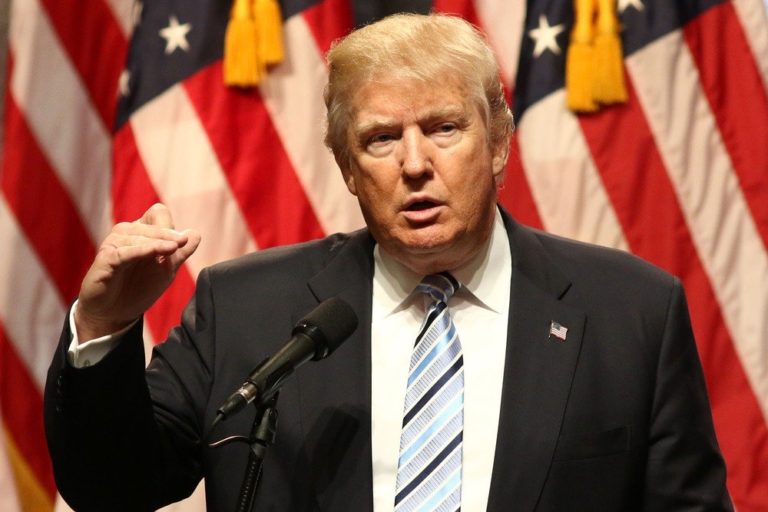Key Takeaways:
- The DCCC slammed House Republicans for passing a tax bill benefiting the wealthy while cutting services for others.
- DCCC Chair Suzan DelBene labeled it a “Big, Ugly Bill” prioritizing billionaires over working families.
- Democrats allege the bill harms healthcare access, raises costs, threatens jobs, and risks hospital closures.
- The DCCC vows to make Republican vulnerability on this vote central to winning battleground districts in 2024.
- Democrats argue retaking the House majority in 2024 is the only way to halt these policies and sideline Trump Republicans.
Outraged Democrats Predict GOP Losses Over Tax Bill
House Republicans ignited fierce Democratic backlash by passing controversial tax legislation. The Democratic Congressional Campaign Committee (DCCC) swiftly responded with a stark declaration: this vote forfeits the Republican House majority.
DCCC Chair Unleashes Fury Over “Big Ugly Bill”
DCCC Chair Rep. Suzan DelBene minced no words. She accused House Republicans of breaking critical promises to everyday Americans. DelBene declared the Republican tax bill is simply a vehicle for enriching billionaire donors at the expense of struggling families. She branded the legislation itself the “Big, Ugly Bill,” emphasizing its damaging scale.
Further, DelBene contended Republican representatives understand the profound drawbacks hidden within their own proposal. Yet, she stressed, these vulnerable Republicans ignored severe warnings and backed the bill regardless. DelBene promised unequivocally that every voter in contested districts will learn exactly how their Republican representative failed them.
Counting the Costs: Attacks on Working Families
What exactly makes Democrats so angry? Think harsh impacts hitting home. Democrats forecast widespread harm likely following this vote. Expect closed facilities in vulnerable communities and fewer healthcare options everywhere. Everyday essentials become noticeably more expensive according to Democratic predictions.
Critics foresee dangerous ripple effects too. Small towns face hospital shutdowns threatening essential care. Even putting food on the table presents unforeseen hardship for countless households. Democrats assert these damaging consequences deliberately prioritize large corporations and the wealthiest citizens.
Democratic Strategy: Leveraging GOP Vulnerability
Democrats now possess powerful ammunition against Republicans in contested districts. The DCCC vows relentless focus on this unpopular tax bill. Expect fierce messaging condemning Republican representatives who abandoned their voters’ welfare. Democrats perceive this legislation cementing Republican obstruction against popular progressive improvement programs nationally.
Meanwhile, Congressional Democrats united exceptionally well opposing the GOP blueprint. Many observers noticed stronger Democratic pushback against Trump-supported legislation compared to recent years. This renewed vigor signals Democrats now recognize fierce resistance remains essential. Effectively fighting Republican policies becomes vital for demonstrating Democratic strength before the approaching vote.
The Path Forward: Why Midterms Matter More Than Ever
DelBene outlined one solitary route for reversing these cuts. Democrats must reclaim the House majority during the 2024 midterm elections. That pivotal win removes Trump-aligned Republicans currently enabling damaging conservative agendas. Consequently, Democrats emphasize voter urgency unlike ever before.
Therefore, capturing the House transforms Washington profoundly. Democrats argue retaking legislative power effectively safeguards working-class households from unfair fiscal attacks. Simultaneously, Democratic victory strips Trump supporters inside Congress of substantial influence.
Essentially, Democrats promise neutralizing Trumpism’s congressional foothold. This blockage leaves Trump politically isolated regardless of personal Presidential ambitions. Democrats foresee sharply restricting authority until Trump potentially leaves politics formally. Such dynamics reshape governance possibilities significantly nationwide.
Setting the Stage: Democrats Seize the Battlefield
Democrats confidently proclaim the political battlefield shifted dramatically following the Republican tax vote. Every Republican facing reelection battles immediately bears responsibility for President Trump’s contentious economic strategy. Supporting controversial legislation burdens vulnerable representatives seeking voter approval.
Therefore, Democrats aggressively target battleground districts nationwide immediately. Comprehensive voter outreach clarifies Republican actions hurting constituents far worse than distant elites ever experience. Proponents believe citizens historically dislike unfair giveaways favoring privileged groups. Consequently, Democrats confidently expect Republican vulnerability soaring enormously soon.
Ultimately, Democratic messaging urges voters nationally to hold their representatives accountable conclusively next November. Will Democrats successfully frame Republican tax changes as tangible betrayal hurting ordinary families? Is reclaiming House leadership truly feasible? These pressing questions dominate political conversations everywhere among concerned citizens nationwide. Share your perspective below!










